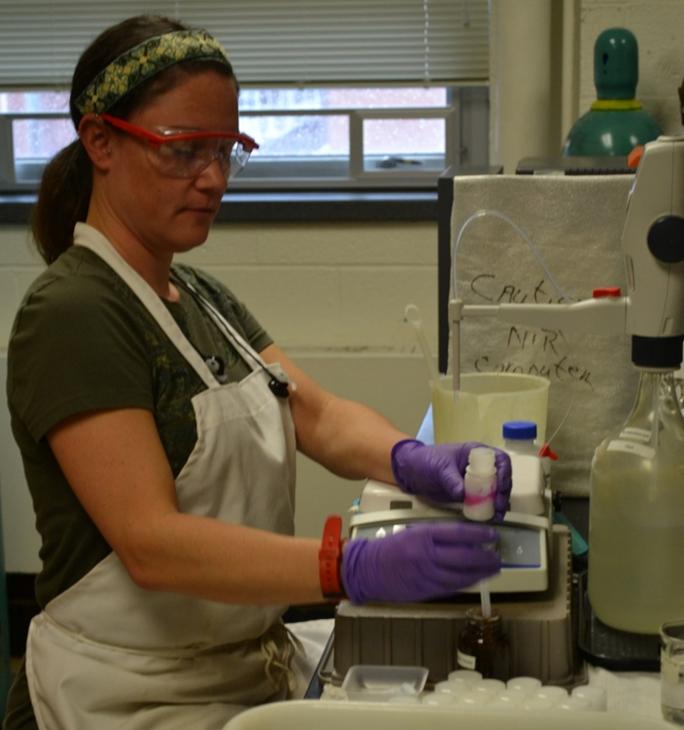
Credit: Alan Franzluebbers
Healthy soil should have abundant nitrogen to supply plant growth needs, but it should not all be in the inorganic fraction. Rather, organic nitrogen is the preferred storage warehouse from which soil microorganisms can decompose and release inorganic nitrogen to soil and then to plants. This system avoids leaching and volatile losses of nitrogen. Historically, scientists have had difficulty predicting how much nitrogen is made available to plants by soil biological activity due to time and resource constraints.
In an article in Agricultural and Environmental Letters, an experiment on five different soils determined the short-and long-term release of carbon and nitrogen via mineralization by soil microorganisms. Inorganic nitrogen accumulated rapidly in all soils during the first month, but at different rates. The total amount of inorganic nitrogen released for plant uptake during five months was different among soils, but the quantity was highly related to the short-term burst of microbial activity during the first three days of incubation, as determined from carbon dioxide production.
Soil-test biological activity (3 days) offers a simple, rapid, and robust indication of forthcoming soil nitrogen mineralization. The test will inform farmers of the important role that biologically active organic matter plays in soil health development, as well as increase their profitability.
###
Adapted from Franzluebbers, AJ. Soil carbon and nitrogen mineralization after the initial flush of CO2. Agric Environ Lett. 2020; 5:e20006. https:/
Media Contact
Rachel Leege
[email protected]
Related Journal Article
http://dx.




